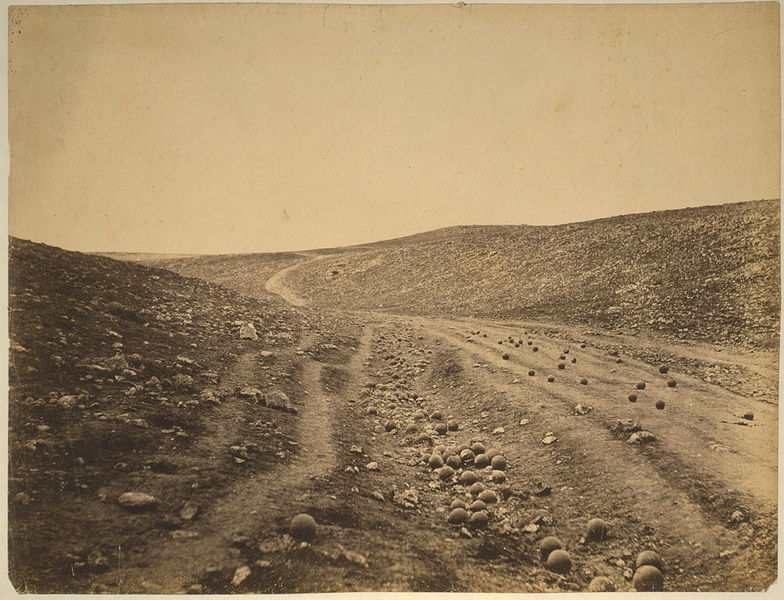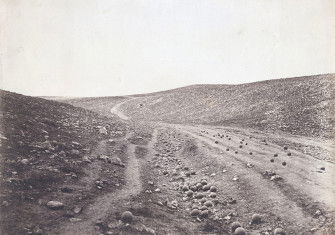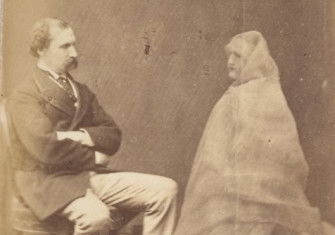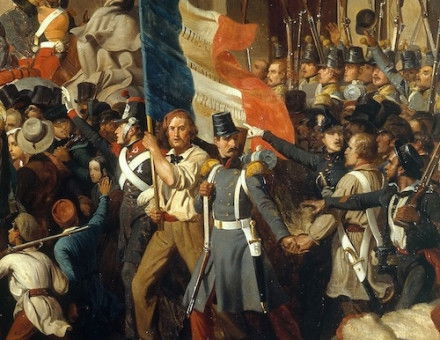Photography at War
Jonathan Marwil tells how the wars of the mid-19th century, in Europe and beyond, proved the perfect subject for a new medium to show its amazing potential.
 On July 13th, 1839, the chemist and physicist Joseph Louis Gay-Lussac reported to the French Chamber of Peers on the photographic process recently invented by Louis J.M. Daguerre. Among its uses, Gay-Lussac argued, was the capacity of the daguerrotype to render a landscape precisely. He cited one particular kind of landscape to make his point:
On July 13th, 1839, the chemist and physicist Joseph Louis Gay-Lussac reported to the French Chamber of Peers on the photographic process recently invented by Louis J.M. Daguerre. Among its uses, Gay-Lussac argued, was the capacity of the daguerrotype to render a landscape precisely. He cited one particular kind of landscape to make his point:
...as three or four minutes are sufficient for execution, a field of battle, with its successive phases, can be drawn with a degree of perfection that could be obtained by no other means.







